The Stanley Cup Playoffs is one of the most exciting tournaments in sports. It features 16 teams who must win four seven-game series to capture hockey’s ultimate prize. The NHL postseason has proven to be one of the most unpredictable postseasons in the four major sports leagues, but when some teams have a financial advantage over others, this is not the case.
The NHL is widely known for its parity, largely because it operates under what’s known as a “hard cap.” This means no team can spend more money on players than the salary cap dictates. In the NHL, the most a team can spend on players is $83.5 million. This creates fairness by giving big and small market teams an equal chance to compete, which is something other leagues, such as Major League Baseball, have been heavily criticized for not doing.
However, in the past nine seasons, three teams have won the Stanley Cup while being assisted by a loophole in the hard cap. The loophole is the Long-Term Injured Reserve (LTIR) space teams get during the regular season. When players are out due to an injury for an extended period, they are put on LTIR, and their salary no longer goes against the cap for the team they play for. For example, if a team spends $80 million on players, and a player making five million dollars goes on LTIR, the team’s total cap goes down to $75 million.
This rule is fine for the regular season, but in the postseason, things change. There is no salary cap in the postseason, meaning that if a player goes on LTIR, he is free to return to the lineup even if it puts the team over the $83.5 million they are allowed to use.
The first notable use of this loophole was by the Chicago Blackhawks in 2015, when winger Patrick Kane was placed on the LTIR list. This freed up money for the Blackhawks to use during the regular season to bolster their lineup in anticipation of Kane’s return for the playoffs. Kane returned to the team during the postseason, and Chicago went on to win their third cup in six seasons.
In 2021, the Tampa Bay Lightning followed Chicago’s blueprint as their star winger, Nikita Kucherov, missed the regular season and returned for the playoffs. If the salary cap had been enforced in the postseason, the Lightning would have been $18 million over the allowed amount. Tampa Bay even embraced this during their championship parade, as their shirts read “18M Over the Cap.”
The most recent example of the LTIR loophole in action was last postseason when the 2023 Stanley Cup Champion Vegas Golden Knights used it. The Golden Knights’ captain, Mark Stone, injured his back in the regular season but returned healthy for the first game of the playoffs. During Stone’s absence, Vegas acquired some key pieces to their championship run, including forward Ivan Barbashev.
Despite its constant manipulation, the NHL has done little to address the LTIR rule, and the Golden Knights are in a position to take advantage again. The Knights have again placed Mark Stone on the LTIR list, as the forward is week-to-week, meaning his return could line up with the beginning of the playoffs. The trade deadline for the NHL has come and gone, and Vegas has used the extra cap space to acquire assets for the postseason they otherwise could not afford. The Knights acquired 20-goal scorer Anthony Mantha, who has a cap hit of $2.85 million charged to the Knights.
While the LTIR loophole does help teams who use it in the postseason, it also poses a risk. Players with a high enough cap hit for the loophole to matter are usually some of the best players on their respective teams, meaning their absence is notable despite the additions it allows. This puts teams who attempt to use this rule at risk of not making it to the playoffs.
It should be noted that any player placed on LTIR must sustain an injury, and none of the teams who used this loophole faked an injury. That being said, the rule creates controversy around the league due to the advantage it provides. The NHL needs to do a better job closing the loophole and preventing teams from using LTIR to improve their roster. One of the best parts about the NHL and the hard cap is the parity it creates, and this loophole disrupts that.
The obvious solution would be to enforce a salary cap while teams are still in the playoffs, but there are other options, too. One solution would be to force teams to give regular updates on their injured players or force players to be checked on by a doctor who is not employed by the team so they aren’t being held out longer than they need to avoid playing in the regular season. Whether it’s these or other solutions, the league should investigate limiting the impact of LTIR to restore the game’s fairness.


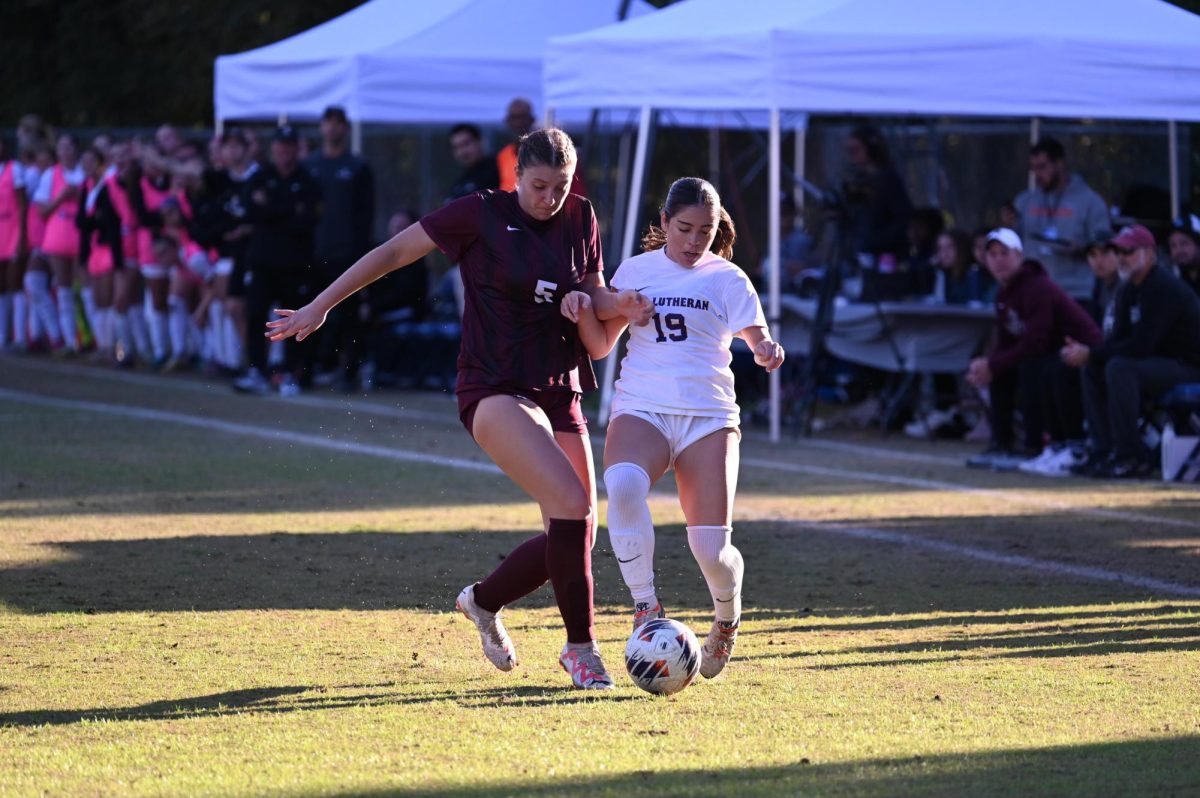
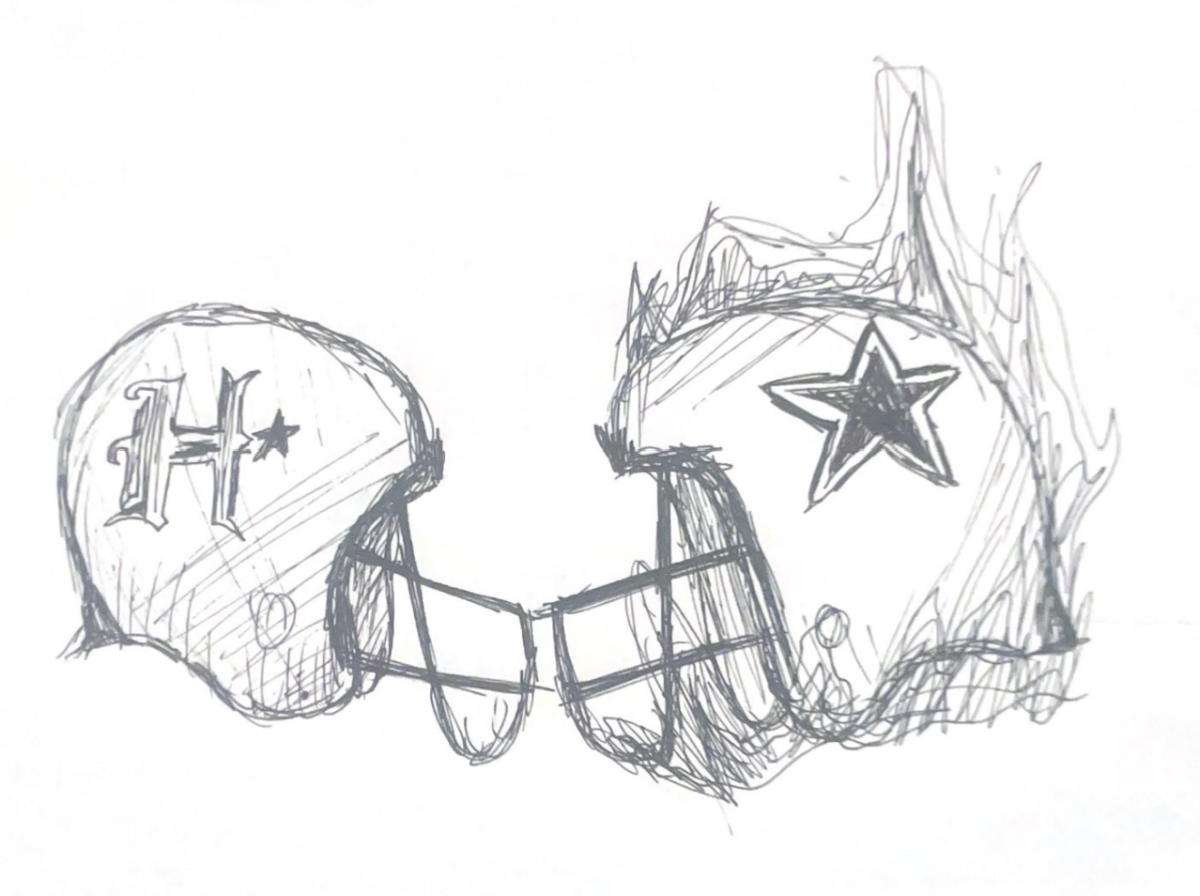
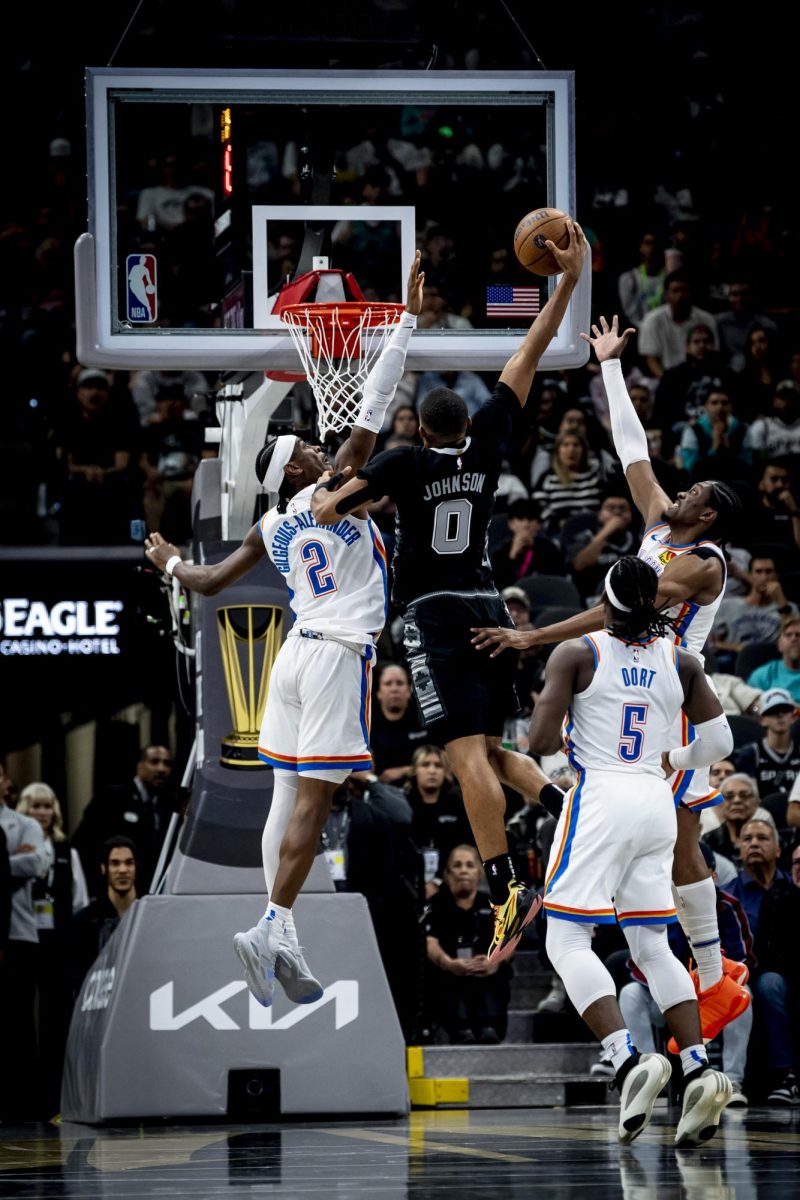
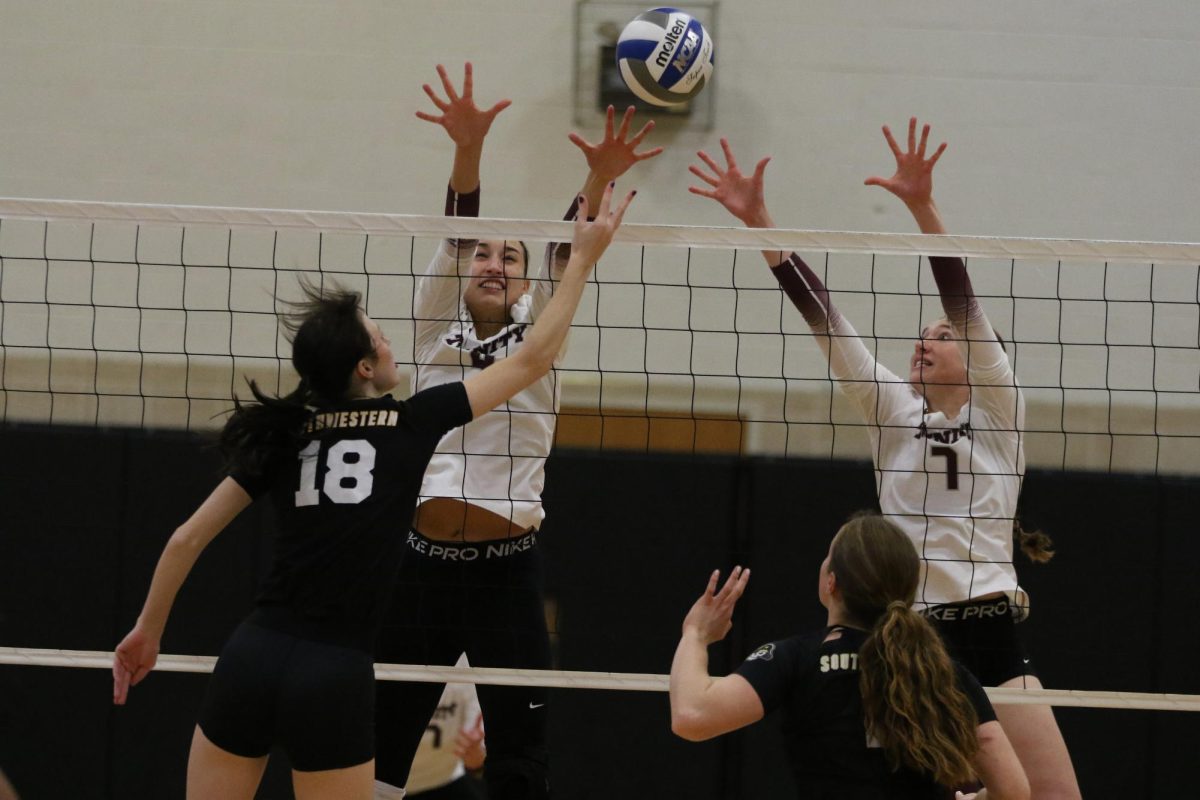
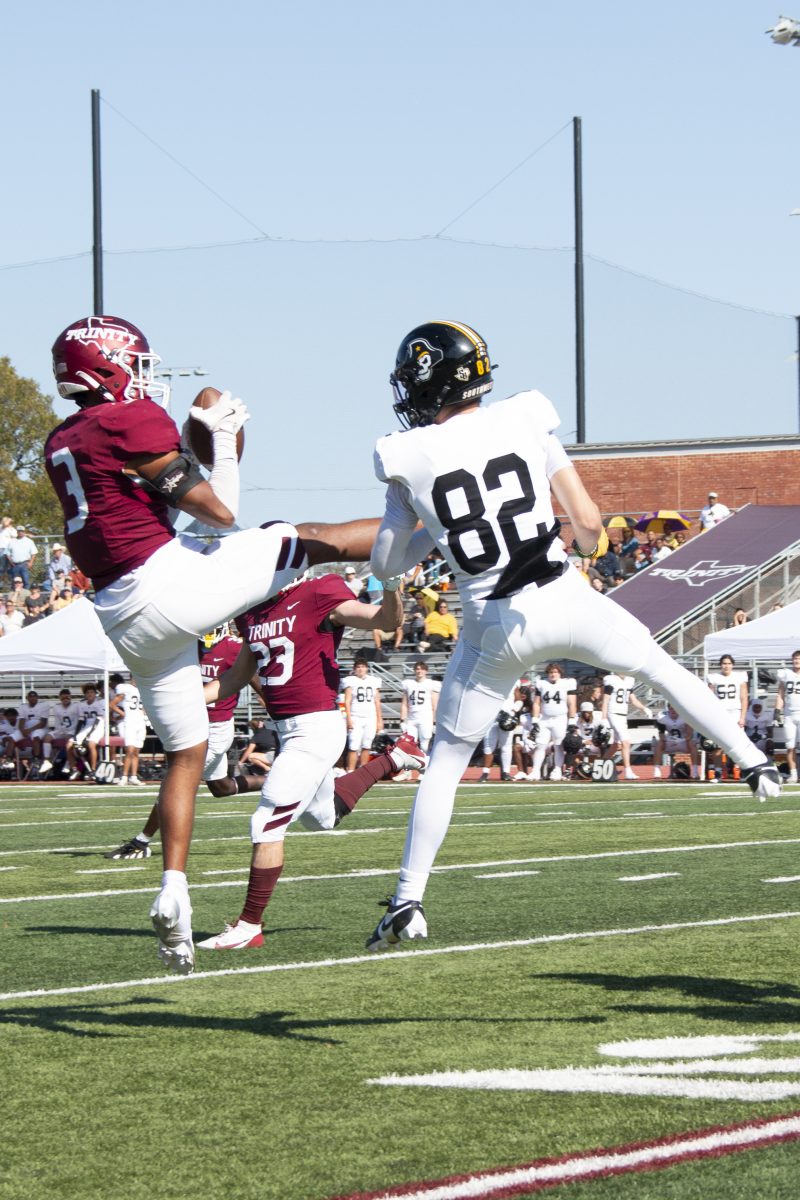


Paul • May 30, 2024 at 3:51 pm
At minimum, only give a partial allowance for the LTIR amount…. maybe 50 or 60% of the injured player’s salary…. would allow a cap-strapped team to add to their roster but probably not acquire an “equivilent or better” player
Nick Molella • Mar 16, 2024 at 6:30 pm
Enforce the salary cap throughout the playoffs unless the player is out for the season
Larry Kroger • Mar 9, 2024 at 8:23 pm
So whose bright idea was it to lift the salary cap for the playoffs?